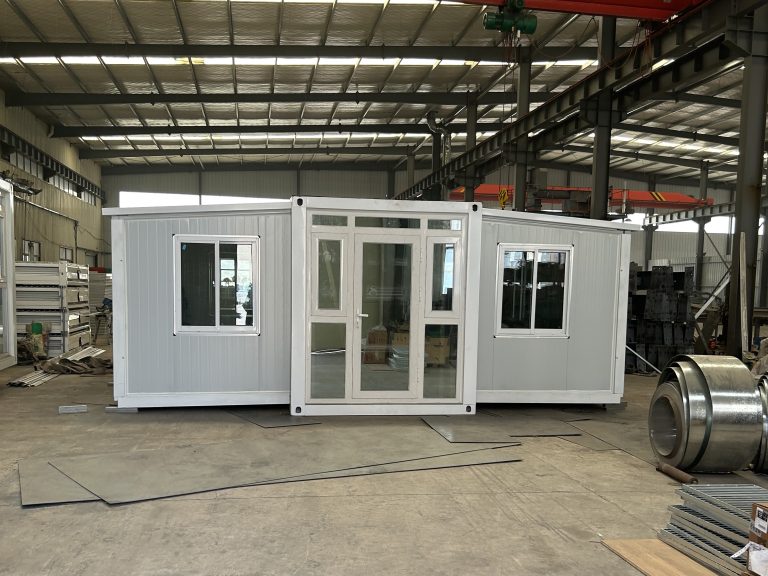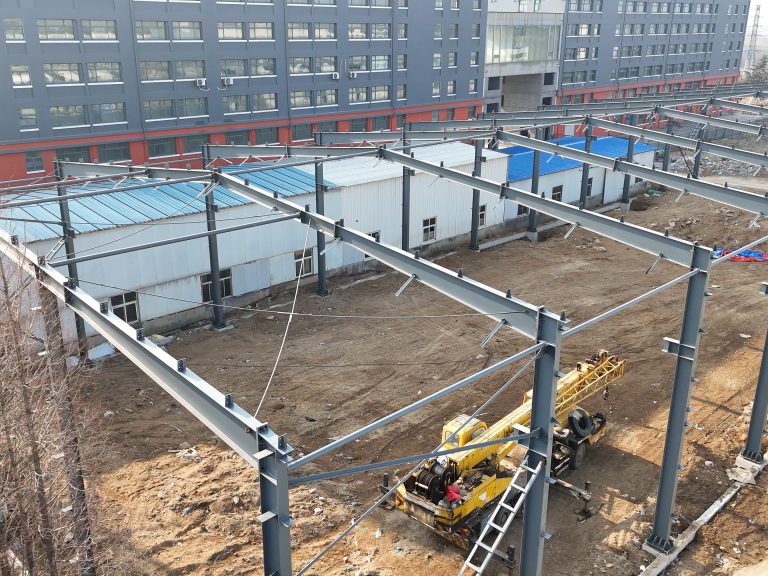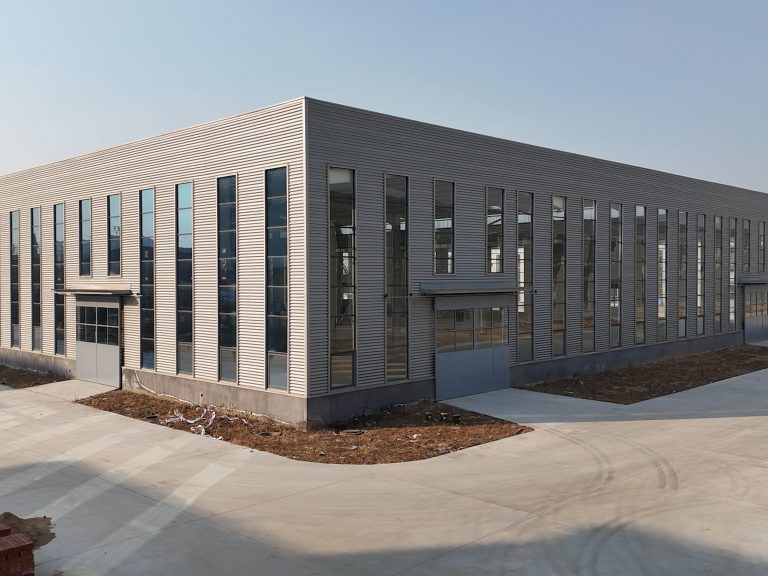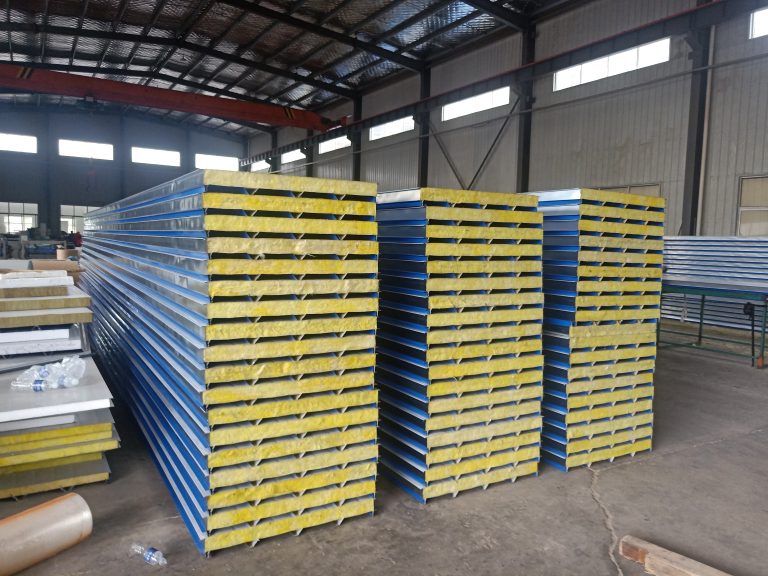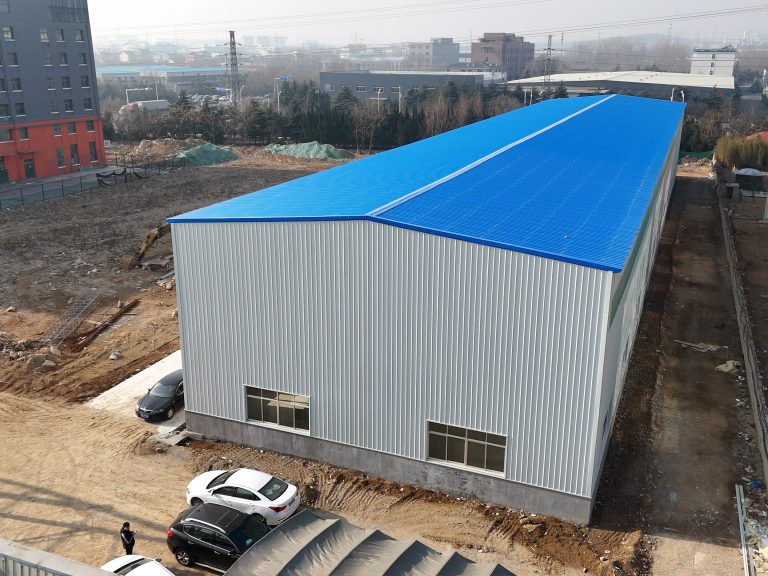Table of Contents
Benefits of Steel Structure Subway Stations in Urban Rail Transit
Steel structure subway stations play a crucial role in urban rail transit systems around the world. These stations serve as key nodes in the transportation network, connecting various parts of the city and providing a convenient and efficient way for people to travel. The use of steel in the construction of subway stations offers a number of benefits that make them an ideal choice for urban environments.
One of the main advantages of steel structure subway stations is their durability and strength. Steel is a highly resilient material that can withstand the heavy loads and constant use that subway stations experience on a daily basis. This means that steel structure subway stations are able to maintain their structural integrity over time, reducing the need for costly repairs and maintenance.
In addition to their durability, steel structure subway stations are also highly versatile in terms of design. Steel can be easily shaped and molded into various forms, allowing architects and engineers to create unique and innovative station designs that enhance the overall aesthetic of the urban environment. This flexibility in design also allows for the efficient use of space, making steel structure subway stations an ideal choice for densely populated urban areas where space is at a premium.
Another benefit of steel structure subway stations is their sustainability. Steel is a recyclable material that can be reused and repurposed, making it an environmentally friendly choice for construction projects. By using steel in the construction of subway stations, cities can reduce their carbon footprint and contribute to a more sustainable future.
Furthermore, steel structure subway stations are also cost-effective. Steel is a relatively affordable material compared to other construction materials, making it a cost-effective choice for building large-scale infrastructure projects like subway stations. Additionally, the speed and ease of construction with steel can help reduce overall construction costs and minimize disruptions to the surrounding urban environment.
In terms of safety, steel structure subway stations are also a reliable choice. Steel is a non-combustible material that is resistant to fire, making it a safe option for public transportation facilities. Steel structure subway stations are also designed to withstand seismic activity and other natural disasters, providing a secure and stable environment for passengers and staff.
Overall, steel structure subway stations offer a wide range of benefits that make them an ideal choice for urban rail transit systems. From their durability and strength to their versatility in design and sustainability, steel structure subway stations provide cities with a reliable and cost-effective solution for meeting the transportation needs of their residents. As urban populations continue to grow and cities become more congested, the importance of steel structure subway stations as key nodes in the urban rail transit network will only continue to increase.
Design Considerations for Steel Structure Subway Stations in Urban Environments
Steel structure subway stations play a crucial role in the efficient operation of urban rail transit systems. These key nodes serve as the primary points of entry and exit for passengers, as well as the transfer points between different lines. As such, the design of steel structure subway stations must take into account a variety of factors to ensure the safety, comfort, and convenience of passengers.
One of the most important considerations in the design of steel structure subway stations is the need for efficient passenger flow. The layout of the station must be carefully planned to minimize congestion and facilitate the smooth movement of passengers between platforms, entrances, and exits. This includes the placement of escalators, stairs, and elevators, as well as the design of ticketing and waiting areas.

In addition to passenger flow, the design of steel structure subway stations must also take into account the structural integrity of the station itself. Steel is a popular choice for subway station construction due to its strength, durability, and fire resistance. However, the design of steel structure subway stations must also consider factors such as seismic activity, wind loads, and other environmental factors that could impact the safety and stability of the station.
Another important consideration in the design of steel structure subway stations is the integration of sustainable design principles. As urban populations continue to grow, the demand for public transportation systems is increasing. By incorporating features such as energy-efficient lighting, natural ventilation, and green roofs, steel structure subway stations can help reduce their environmental impact and contribute to the overall sustainability of the urban environment.
Furthermore, the design of steel structure subway stations must also take into account the needs of passengers with disabilities. Accessibility features such as ramps, elevators, and tactile paving must be incorporated into the design to ensure that all passengers can easily navigate the station and access the trains. In addition, the design of steel structure subway stations must also consider the needs of elderly passengers, parents with young children, and other vulnerable populations.
Overall, the design of steel structure subway stations in urban environments is a complex and multifaceted process that requires careful consideration of a variety of factors. By prioritizing efficient passenger flow, structural integrity, sustainability, and accessibility, designers can create steel structure subway stations that not only meet the needs of passengers but also contribute to the overall functionality and success of urban rail transit systems. As cities continue to grow and evolve, the importance of well-designed steel structure subway stations will only continue to increase, making them a key node in the urban transportation network.

